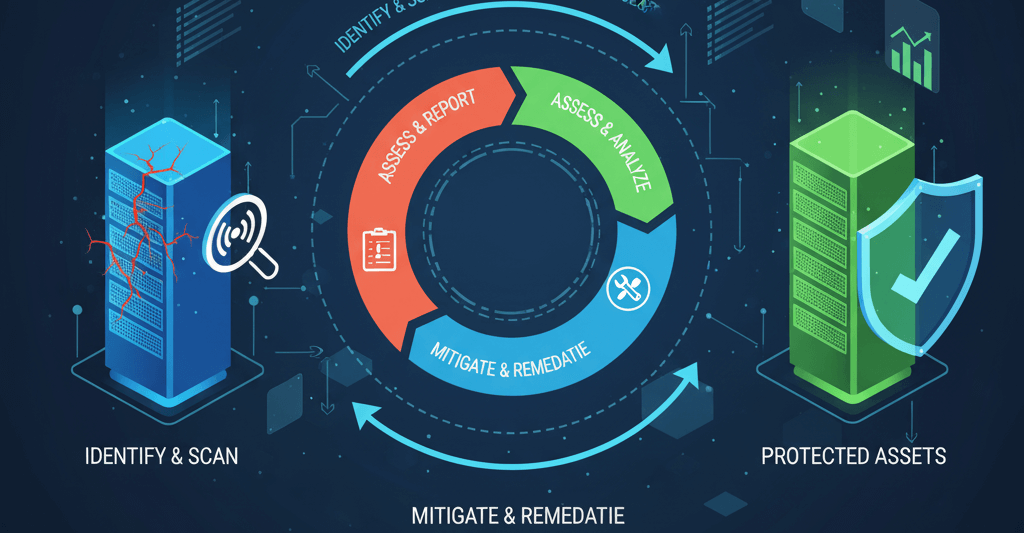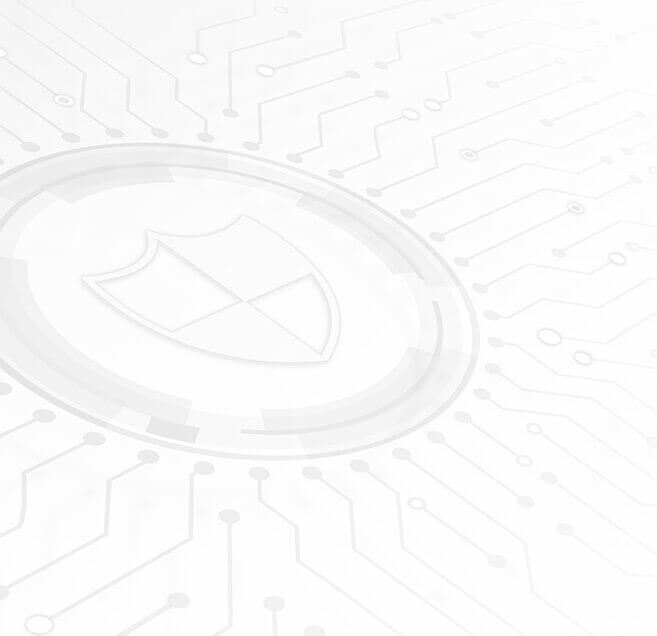
AI vulnerability management is not just a trend; it’s becoming an essential component of modern cybersecurity strategies. While the term “AI” can sometimes be overused, the application of machine learning (ML) algorithms in vulnerability management offers tangible, significant improvements over traditional, manual methods. It’s a critical shift from reactive security to proactive, predictive defense.
The Role of Machine Learning in Vulnerability Management
Traditional vulnerability management often relies on scheduled scans and static rule sets. This approach can be slow and inefficient, especially in large, dynamic environments with thousands of assets and new vulnerabilities emerging daily. AI and machine learning address these challenges by providing a more intelligent and scalable approach.
Machine learning algorithms can analyse vast amounts of data—including vulnerability scan results, threat intelligence feeds, asset inventory data, and attack patterns—to identify, prioritise, and predict security weaknesses more effectively. Instead of simply reporting all known vulnerabilities, ML-driven systems can:
- Prioritise Vulnerabilities: They use predictive analytics to determine which vulnerabilities are most likely to be exploited in a specific environment. This moves beyond simple CVSS scores to consider factors like an asset’s business criticality, network exposure, and the existence of active exploits in the wild.
- Predict Future Threats: By analysing historical data, machine learning models can identify patterns and predict which types of vulnerabilities or misconfigurations are likely to become future attack vectors.
- Automate Remediation: Some advanced systems use machine learning to suggest or even automatically apply the most effective patches or configuration changes to fix security weaknesses, reducing the time from detection to remediation.
Tenable and AI-Powered Security
For cybersecurity companies like Mondas, choosing the right technology partners is critical to delivering effective services. That’s why the integration of AI by leading vendors is so significant. Tenable, a platform our teams use extensively, is a notable example of a company that leverages AI to enhance its vulnerability management solutions, particularly in risk-based prioritisation.
Tenable’s platform uses its proprietary Vulnerability Priority Rating (VPR), a dynamic scoring system that goes beyond the standard CVSS score. VPR is powered by a machine learning model that analyses a massive amount of threat intelligence data, including:
- Threat intelligence feeds: Information on which vulnerabilities are actively being exploited by attackers.
- Exploit data: Details on whether a proof-of-concept exploit is available.
- Social media and dark web chatter: Analysis of discussions and activities related to new vulnerabilities.
By continuously processing this data, Tenable’s platform can automatically adjust a vulnerability’s VPR score, providing security teams with a clear, data-driven ranking of which vulnerabilities to fix first. This allows organisations to focus their limited resources on the threats that pose the greatest actual risk to their business.
In essence, Tenable uses AI to transform raw vulnerability data into actionable insights, helping organisations move from a “fix everything” mentality to a strategic, risk-focused remediation plan.
Conclusion: Essential, Not Hype
So, is AI in vulnerability management hype or essential? The evidence points strongly toward essential. As digital environments grow in complexity and the threat landscape evolves, the speed, scale, and intelligence of machine learning are no longer a luxury but a necessity. By enabling security teams to predict, prioritise, and proactively remediate the most critical risks, AI-powered vulnerability management is fundamentally changing the way organisations defend themselves against cyber threats. Reach out to Mondas today to discuss any aspect of this growing issue.





